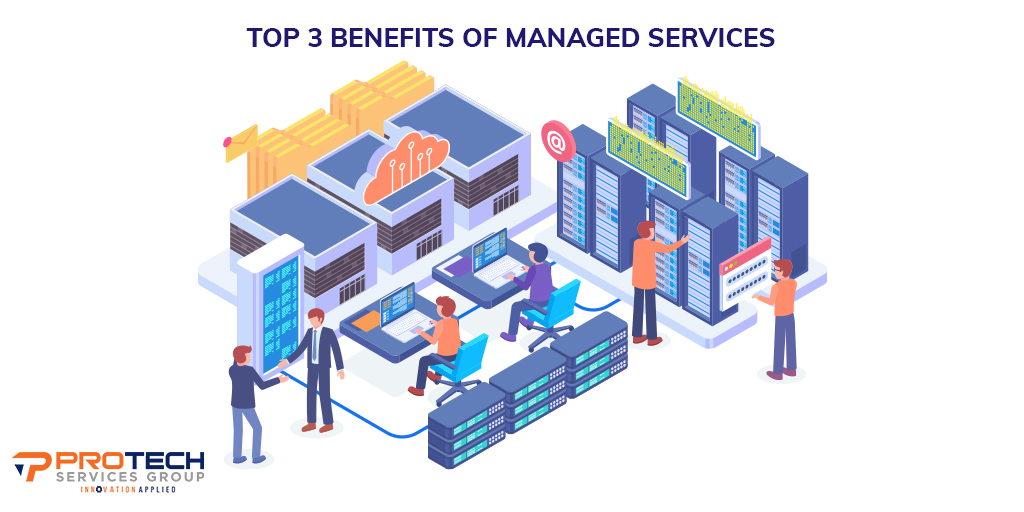Over the years, the IT industry has evolved into a necessity for business operations. Almost every industry now sees IT as a key aspect of their productivity strategy. As we’ve advanced in IT innovations we’ve moved from siphoning marketing’s budget to buy computers to having a plan when we spend marketing’s budget, to creating an independent IT budget.
There is a rising need to not only plan and budget for IT, but to strategically plan for future goals and initiatives. Established companies have developed numerous methods of creating viable IT Roadmaps that stretch 3, 4 even 5 years ahead. But if you’re new to strategic IT planning, how do you catch up with companies that have years of lessons learned?
Planning
If you’ve ever managed a project you know that planning is the most important key to success. You almost can’t plan enough! Just like any project or strategic plan, IT has the same constraints that need to be discussed. The three most important of these constraints are budget, quality and risk. Each of these are key to a successful IT strategy.
Budget
Technology costs can vary depending on the solutions your business needs. If you are thinking, “But I have no base line to go by, how do I even start an IT budget?” You already have one.
Consider your phone, printer, computer, monitor, cell phone, email service…etc. Unless you stole those items, they all cost something. Start with the basics:
- What do you have now?
- Does what you have work?
- Is it old or non-functioning?
- Should you replace it?
A few topics to narrow your considerations in your budget are security, efficiency, replacement or repair, and cost. Those few items will generate a lot of questions for any initiatives you may have in your budget.
Next, talk to your employees. Your staff knows the tools that would make their life easier and will happily tell you about them. Let them guide your research for innovation and find out what their ideas cost. Often, suggestions may lead to budget savings.
When you start to plan your budget, talk to the vendors that you work with daily about what innovations or enhancements may be available. Some of the biggest innovations and initiatives will come from your vendors. Never shy from talking about the topics that are most important to your business. If you trust your vendor partners, use them! Plus, partners often quote out an exact price for an upgrade or replacement, allowing you to be more accurate with your budget.
Quality
Quality is something you should always consider when planning. Setting expectations of the outcome, not just to yourself,but your employees as well, is important. As you and your IT partner lead the way into a strategic roadmap for more productive solutions, the outcome and expectations of the quality should match.
Imagine you decide to purchase a new business software that will save your employees hours of manual labor allowing them to perform more important tasks. You talked to the vendor, got the sales pitch, and had a painless rollout. But, your employees hate it and won’t use it.
Engage your employees when considering the quality of a solution. Find out what their expectations are for the final product and set the expectations with your vendors for that outcome. Your employees are your strength when it comes to a strategic IT roadmap. Knowing where they are will always lead you where you need to go.
Risk
IT is risky business and lots of questions get thrown around.
- How do I know the next best thing won’t come out tomorrow?
- What if our partner stops making the product?
- What if it doesn’t work right?
These questions are difficult to answer and only cause stress and worry. Instead, consider these options:
- Will this need align with my company’s goals?
- Will this enhance or hinder my employees from fulfilling these goals?
If you stick to questions likes these you’ll find that your strategy will most certainly align with your business and help minimize risks.
Technology Roadmap
Roadmaps are just prioritized plans. Once you understand the outcome of your business goals, the roadmap writes itself. It could be something as simple as a visual diagram, a To-Do list in excel, or even a framed napkin with scribbles on your wall. If your roadmap reveals the direction and priorities of your business, it will be a success.
Contact our Managed Services team to learn how we can help you plan and budget for your technology.









